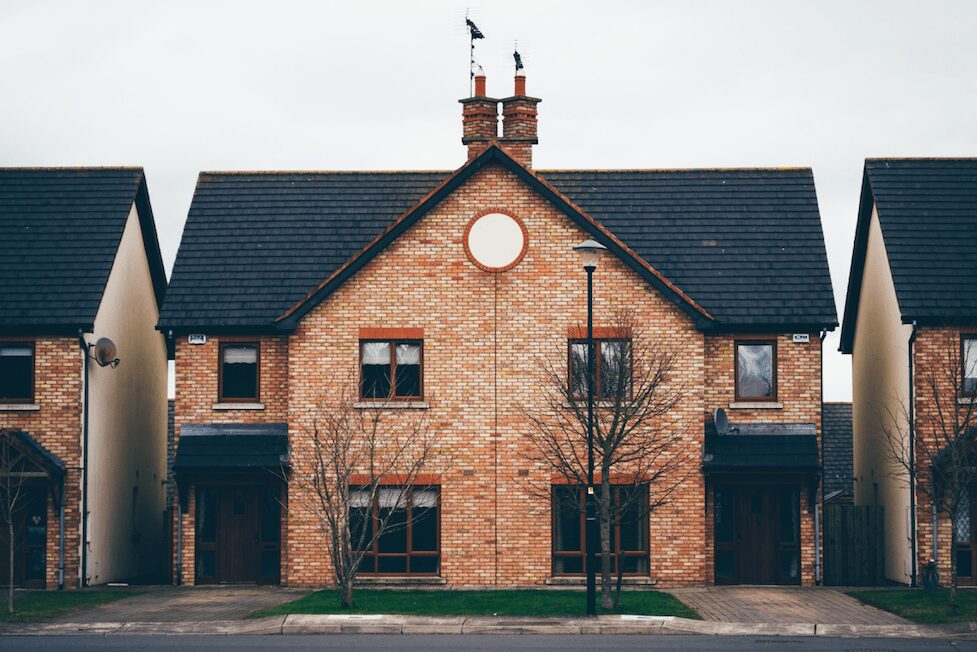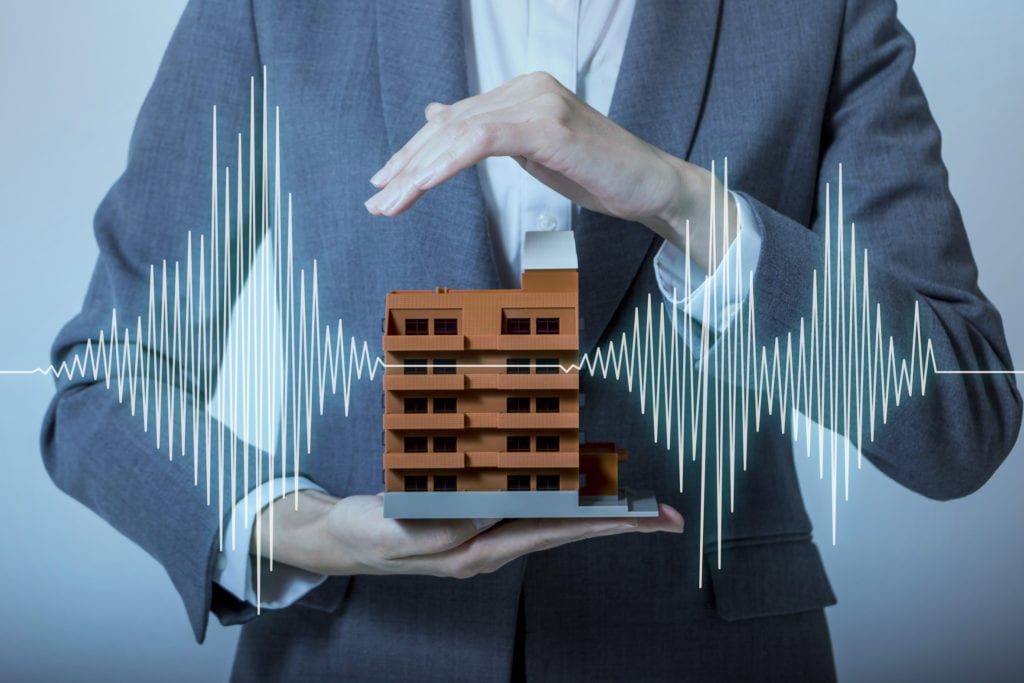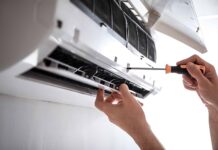
In British Columbia, an earthquake strikes every day, on average. Fortunately, the majority of these go by unnoticed by everyone bar the seismologists, and there is little or no impact on life on the surface of the tectonic plates. However, there’s always the risk of the Big One arriving at any time soon; indeed the data points towards a major earthquake happening sooner rather than later, if the historical records are anything to go by.
Given that scientists can’t accurately predict when an earthquake is going to strike, it’s important to have a level of earthquake preparedness that will keep you and your loved ones safe in an earthquake emergency. Learning how to check if your building is earthquake ready is key so that you can take action points to improve your earthquake safety. You need to perform large scale checks on the structure of your home, and small scale checks on the items inside your home.
Large Scale Checks

Most houses in British Columbia are now designed to make sure they are structurally sound to survive a strong earthquake, but older buildings may fail to meet building codes. Even if you live in newer construction, British Columbia building codes are constantly being updated to reflect new understandings about earthquakes and effective building design. In either case, you should check the following to make sure your building is earthquake ready:
- Foundations – the foundations of your home are in direct connection with the earth, so it’s no surprise that they are the most susceptible to damage if the earth around them starts to move and shake. You can access them easily if your home has a basement as the pillars will be in the corners of your basement room. If you don’t have underground storage, you will want to get a qualified surveyor out to scan your foundations and make strengthening suggestions as to appropriate.
- Frames – despite the popular myth that you should stand in a doorway during an earthquake, the window and door frames of your home are actually some of the weakest spaces in your building. The empty space inside the frame makes it weaker during horizontal shaking and once one part breaks, the rest of the frame will collapse. Consider strengthening braces in the corners of your doorways and windows; this includes external and internal doors and open doorway frames.
- Braces – there is a constant run of Brace and Bolt retrofit grants that will cover the cost of adding braces to the internal and load-bearing walls of your home. These are large metal plates that attach at the joints of the floor and wall to provide additional supports in the case of earth movement. To qualify for these grants, you must use a certified contractor, and you can find websites that can help with both the materials and finding a qualified builder to make your home earthquake ready.
Small Scale Checks

Once you’ve evaluated and improved the overall structural integrity of your home, you then need to look at earthquake preparedness techniques for the items inside your home. Flying objects and broken shards are the leading cause of earthquake-related injuries, but they are easily avoidable if you follow some of these small scale checks:
- Topple factors for large appliances – even though your fridge or freezer might not look dangerous, in the case of a large earthquake, the combination of horizontal and vertical earth movement could easily cause your large appliance to topple over. Not only will this cause damage to the appliance itself, but it could also cause electrical fires as well as untold damage to whatever, or whoever, it collapses on. Pick a strong seismic fastener, such as one from Safe-T-Proof, that will attach at the top of the appliance to the wall, and make sure that any heavy items inside are stored toward the bottom. In the case of taller bookshelves, make sure that any heavy objects are stored towards the bottom to give it a stronger base.
- Flexible gas lines – another major cause of damage from an earthquake is a fire caused by ruptured gas lines. Most gas appliances are connected by copper pipes which can break easily under the extreme forces of an earthquake. Rather than trying to ignore or resist these pressures, swap your metal gas line out for a more flexible plastic line that will move with, instead of against, the movement of the earthquake.
- Wall-mounted storage – even with strong braces, your walls are going to move a lot during an earthquake, and even the most securely mounted cabinets, shelves and televisions will be at risk of coming loose and falling off. These will cause flying objects to shoot through your home, as well as damaging the structural integrity of the walls they were originally attached to. Braces under the wall-mounted storage will help to keep them in place, and seismic fasteners at the top will add an extra layer of protection. In the case of taller bookshelves, make sure that any heavy objects are stored towards the bottom to give it a stronger base.
Emergency Procedures

All of the above strategies will help you learn how to check if your building is earthquake ready. However, you can never be truly prepared for an earthquake, but these final tips will help you make the best out of an emergency:
- Install emergency lighting – this includes both LED lighting that isn’t attached to your home’s main electrical system as well as fluorescent paint on the floors and walls that will show you to the exits in the case of a power cut.
- Earthquake safety kit – this will include a wind-up flashlight, medical supplies, food, clothing and an earthquake tool for getting out of blocked spaces easily.
- Emergency evacuation plan – make sure that everyone knows how to get out of your home if different rooms are blocked, and where to meet up if you’re in different places. While it may feel a little weird, you should practice an earthquake drill each month so that everyone has muscle memory of what to do and where to go in an earthquake emergency.











